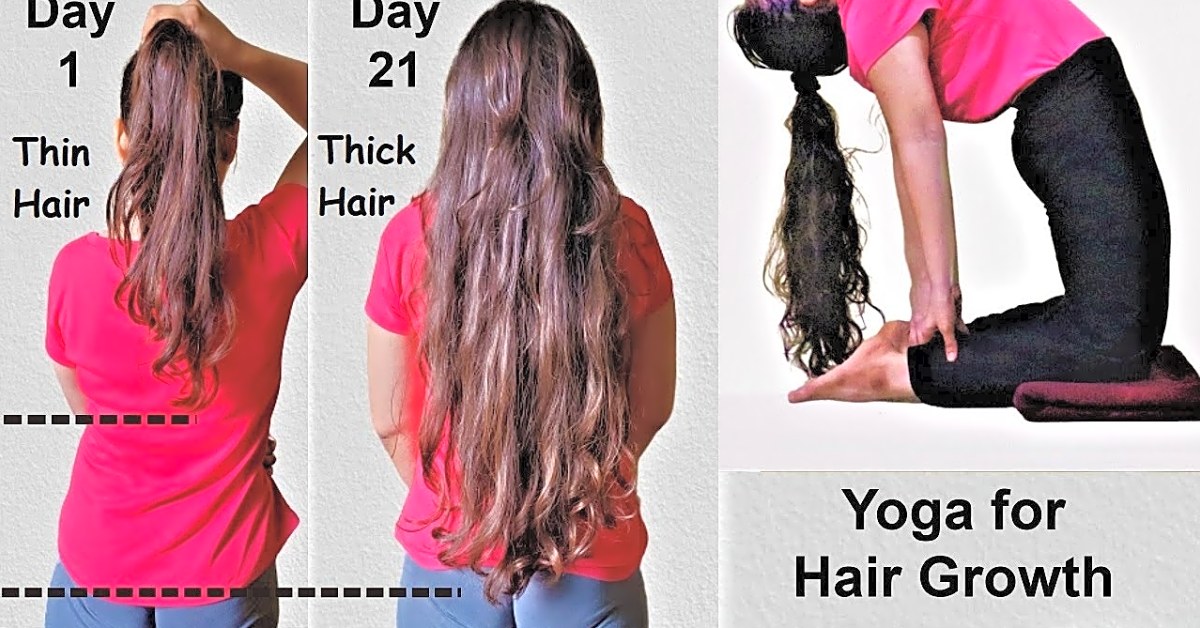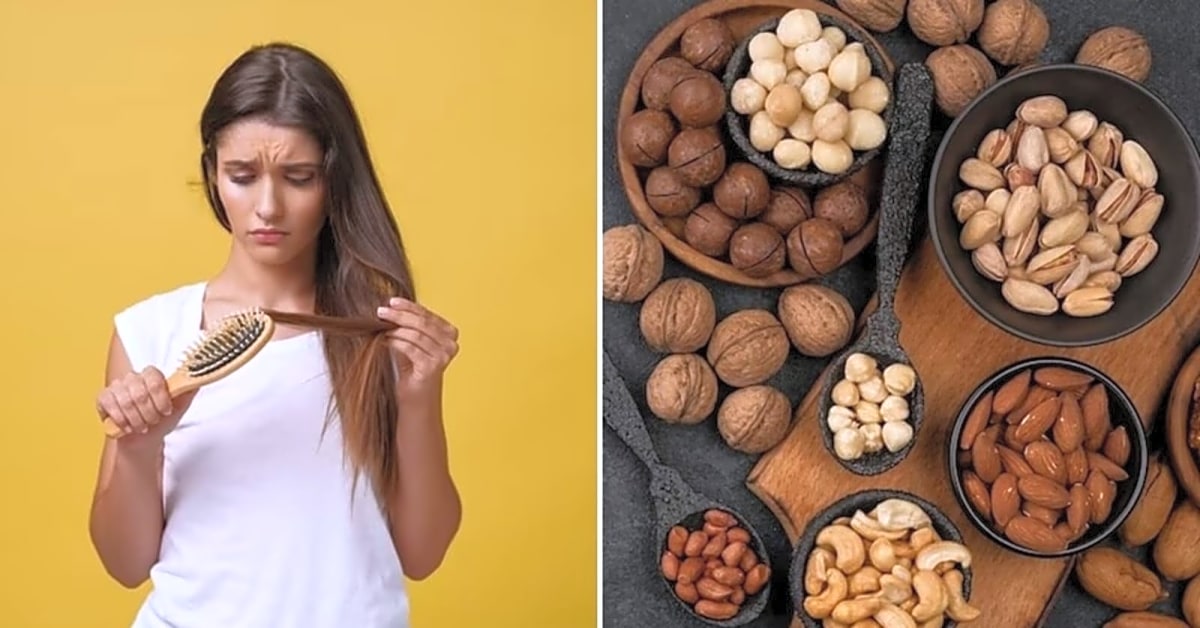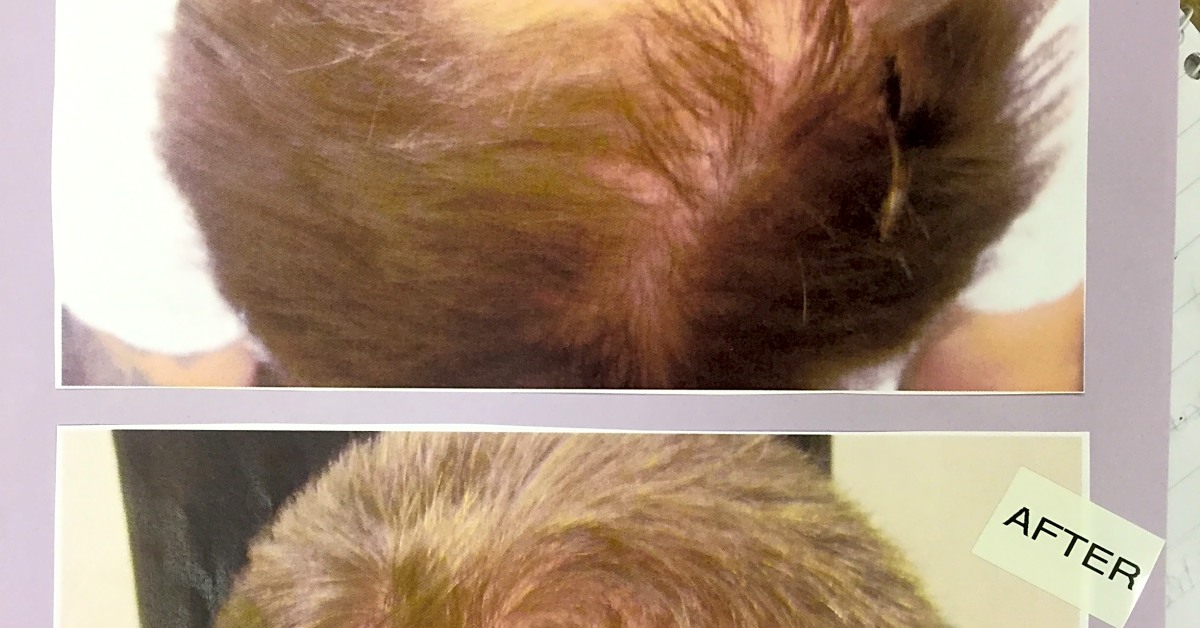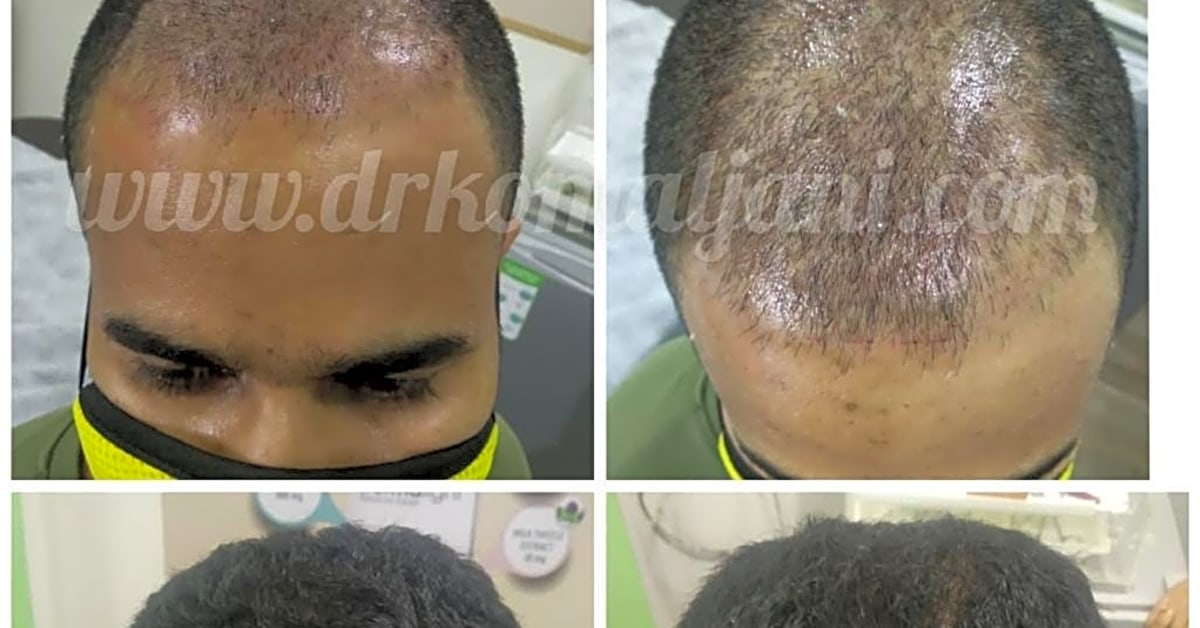In today’s society, hair health and appearance play a significant role in our self-esteem and confidence. Unfortunately, many people struggle with hair loss and thinning, which can be caused by various factors such as genetics, stress, and unhealthy lifestyle habits. However, there is one aspect of our lifestyle that we often overlook when it comes to hair health – exercise. Yes, you read that right. Exercise not only benefits our physical and mental well-being but also plays a vital role in maintaining healthy and luscious locks. In this article, we will explore the correlation between exercise and hair health, and how incorporating certain exercises into our daily routine can prevent baldness and promote hair regrowth. So, if you want to say goodbye to thinning hair and hello to a fuller head of hair, keep reading!
Hair loss is a common concern for many people, and it can be caused by a variety of factors such as genetics, hormonal changes, stress, and certain medical conditions. However, one of the most common causes is poor blood circulation in the scalp. This is where exercise comes in – by increasing blood flow to the scalp, you can promote hair growth and prevent baldness.
Cardio activities like running or biking are great for improving blood circulation and can have a positive impact on hair health. Additionally, yoga poses like downward-facing dog or headstands can also help increase blood flow to the scalp.
But exercise isn’t the only thing you can do to improve hair health. Lifestyle changes also play a crucial role. Maintaining a balanced diet with plenty of protein, vitamins, and minerals is essential for promoting hair growth. It’s also important to manage stress levels and get enough sleep, both of which can affect hair health.
If you’re looking for specific treatments or products to help with hair regrowth, there are several options available. Over-the-counter supplements, prescription medications, and hair transplant procedures can all help with hair loss. However, it’s crucial to consult with a healthcare professional before trying any of these options.
It’s also important to note that male and female hair loss may differ in terms of causes and treatments. For men, genetics often play a significant role in hair loss, which can start as early as their 20s. In contrast, women may experience hair loss due to hormonal changes, such as pregnancy or menopause. Understanding the specific causes of hair loss for your gender can help in finding the most effective solutions.
To sum it up, exercise and lifestyle changes are key factors in promoting hair health and preventing baldness. By improving blood circulation, maintaining a healthy diet, managing stress, and seeking appropriate treatments, you can improve the overall health of your hair and potentially even regrow lost hair.
Best Exercises for Hair Health
When it comes to promoting hair health, one key factor is increasing blood flow to the scalp. This helps to nourish the hair follicles and promote hair growth. Two great ways to do this are through cardio activities and yoga poses.
Cardio activities, such as running, biking, or swimming, get your heart pumping and increase circulation throughout your body. This includes your scalp, which can help deliver essential nutrients and oxygen to your hair follicles.
Yoga poses, such as downward-facing dog or headstands, also increase blood flow to the scalp. These poses involve being inverted, which allows for increased blood flow to the head and scalp.
Incorporating cardio and yoga into your exercise routine can not only improve your overall health, but also contribute to healthier, stronger hair.
Lifestyle Changes for Healthy Hair
In addition to regular exercise, there are several lifestyle changes you can make to promote healthy hair growth and prevent baldness. One of the most important factors is maintaining a balanced diet. This means incorporating a variety of vitamins and minerals into your meals, as well as staying hydrated by drinking plenty of water.
Another important aspect is stress management. High levels of stress can lead to hair loss, so it’s important to find ways to relax and reduce stress in your daily life. This can include practicing yoga or meditation, taking breaks throughout the day, and finding healthy outlets for stress such as exercise or hobbies.
Additionally, getting enough sleep is crucial for optimal hair growth. Lack of sleep can disrupt hormone levels and lead to hair loss. Aim for 7-8 hours of quality sleep each night to ensure your body has time to repair and regenerate.
Effective Treatments for Hair Regrowth
When it comes to hair regrowth, there are several options available on the market. These include over-the-counter supplements, prescription medications, and hair transplant procedures.
Over-the-counter supplements often contain vitamins and minerals that are believed to promote hair growth, such as biotin, iron, and zinc. While these supplements may help improve overall hair health, there is limited scientific evidence to support their effectiveness in treating hair loss.
Prescription medications, such as minoxidil and finasteride, have been FDA-approved for the treatment of male pattern baldness. These medications work by promoting hair growth and slowing down the process of hair loss. However, they may come with potential side effects, so it’s important to consult with a healthcare professional before starting any prescription medication.
For those with more advanced hair loss, hair transplant procedures may be an option. This involves taking hair follicles from a donor area and transplanting them onto the balding areas. While this can provide long-term results, it can also be expensive and may require multiple sessions.
Male vs. Female Hair Loss
Hair loss is a common concern for both men and women, but the causes and treatments can differ based on gender. In general, men are more likely to experience hair loss due to genetics, while women may experience hair loss due to hormonal imbalances or medical conditions such as polycystic ovary syndrome.
For men, male pattern baldness is the most common type of hair loss. This is caused by a combination of genetics and the hormone dihydrotestosterone (DHT). DHT can cause hair follicles to shrink and eventually stop producing new hairs, leading to thinning hair and eventual baldness.
On the other hand, women may experience hair loss due to hormonal changes during pregnancy, menopause, or as a side effect of birth control pills. Medical conditions such as thyroid disorders and autoimmune diseases can also contribute to hair loss in women.
When it comes to treatment, men may benefit from medications such as finasteride or minoxidil, which can help block the production of DHT and stimulate hair growth. Women may have different treatment options depending on the cause of their hair loss, including hormone therapy or supplements to address any underlying hormonal imbalances.
Remember that maintaining a healthy lifestyle and incorporating exercise can go a long way in preventing baldness and promoting hair regrowth. Consult with a healthcare professional for personalized advice on the best treatment options for you.






